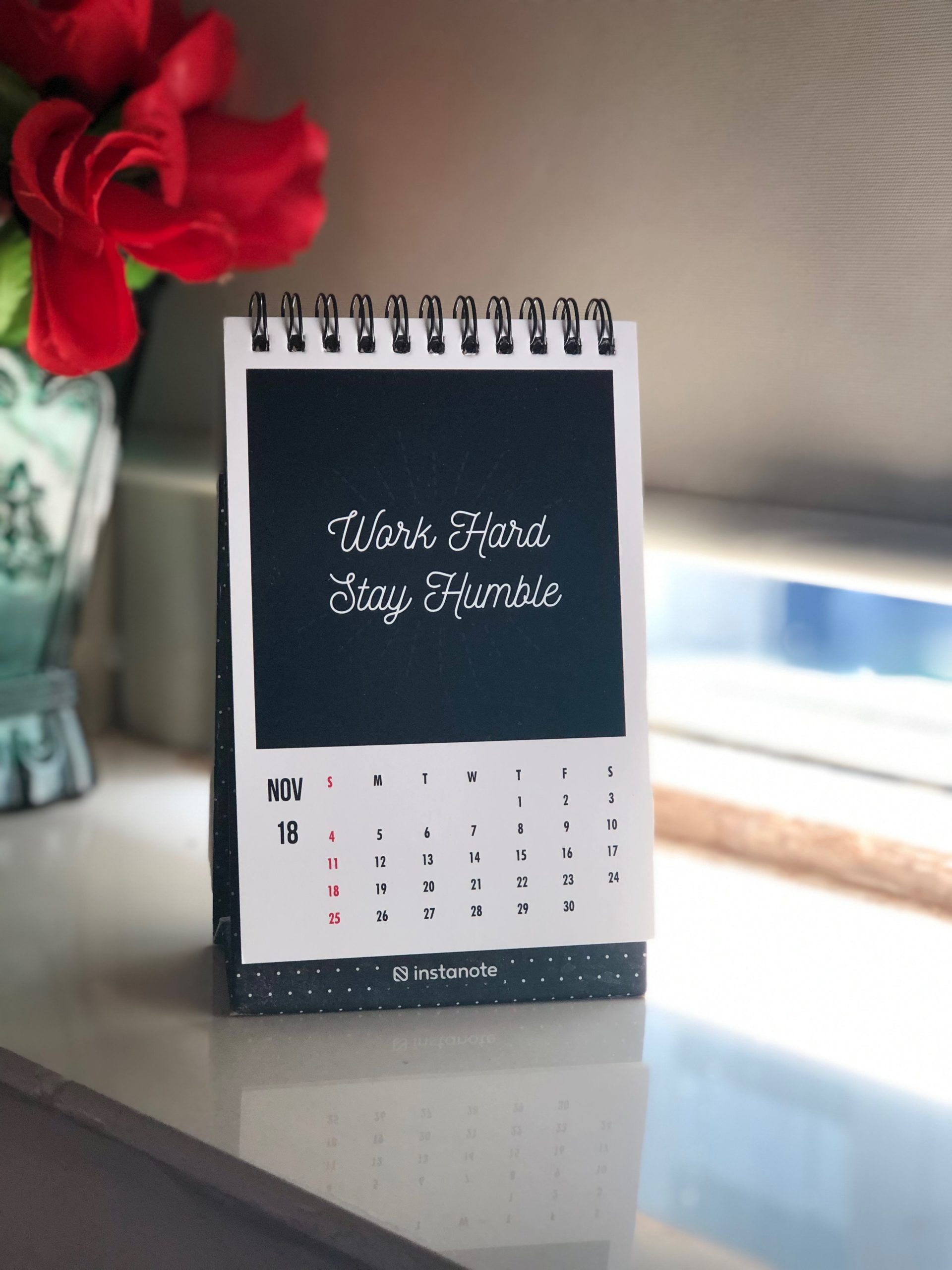
Yesterday, the House passed H.R. 8015 by a 257-150 vote. This bill would require a roll back of certain management changes at the Postal Service and provide the Postal Services with a $25 billion grant. The New York Times reports that
Senator Mitch McConnell of Kentucky, the majority leader, said plainly on Saturday that he did not plan to bring up a stand-alone bill in the Senate when lawmakers are at a stalemate over broader coronavirus relief legislation.
“The facts show the U.S.P.S. is equipped to handle this election, and if a real need arises, Congress will meet it,” he said in a statement. “The Senate will absolutely not pass stand-alone legislation for the Postal Service while American families continue to go without more relief.”
We shall see whether this House action leads to further talks between the House leadership and the White House.
No legislative action is scheduled to occur in either House of Congress this coming week, but some committee activity is scheduled. For example, the Postmaster General, among others, will testify before the House Oversight and Reform Committee tomorrow morning at 10 a.m. ET.
Forbes reminds us that tomorrow is the deadline for the prescription drug industry to provide feedback to the White House on its most favored nation drug pricing order.
President Trump postponed moving ahead with the executive order on drug pricing until Monday, August 24th, giving time to pharmaceutical manufacturers to come up with an alternative pricing proposal. In this respect, the executive order appears to be a one-month ultimatum to establish a bargaining position. If the Trump Administration isn’t satisfied with the alternative plan, it says it would push forward with the executive order. However, as of Saturday, August 22nd, drug makers have yet to offer an alternative pricing plan, and there’s no indication that the Trump Administration will reveal precise details of the executive order, let alone implement it in the next 48 hours. If the Trump Administration were to go ahead with, say, the IPI pilot program, it would likely face strong legal challenges.
Let’s face it in order to maintain the decreasing number of COVID-19 cases pending Food and Drug Administration (“FDA”) approval of a COVID-19 vaccine, we need (1) to maintain public health protections like social distancing, mask wearing, and avoiding super spreader events, (2) to be able to practically use a reliable, inexpensive COVID-19 test like the Yale saliva test, and (3)trust in medical researchers to bring more COVID-19 treatments on line.
With regard to the third point
Covid-19 clinical trials are now under way for 10 new monoclonal antibodies, known as mAbs in industry jargon, according to the Antibody Society, a professional association of researchers.
The most advanced are already in mid- and late-stage studies in newly diagnosed as well as hospitalized patients, and in people who haven’t yet been infected. If they clear testing, the drugs might be available as soon as early in the fourth quarter, according to Geoffrey Porges, an SVB Leerink LLC analyst.
In August, late-stage studies were launched evaluating Lilly’s lead antibody in hospitalized and nonhospitalized patients, and these could be completed before the end of the year, depending on how quickly patients are enrolled.
Regeneron expects to have the first data from its study of a monoclonal antibody in hospitalized and nonhospitalized patients by the end of September. The company could seek an emergency authorization based on the data if there is a strong indication the drug is blocking the virus.
- The Wall Street Journal also reports this evening that that FDA ultimately gave emergency use authorization to convalescent plasma therapy treatment for hospitalized patients from COVID-19. This therapy also relies on antibodies. “For Covid-19 patients and the doctors who treat them, the designation opens up the possibility for faster and easier access to a promising treatment, while studies and clinical trials continue to explore who is helped and how much.”
- Two former FDA commissioners, Doctors Scott Gottlieb and Mark McClellan offered an opinion piece published in the Wall Street Journal. They observe that
The development of drugs to treat Covid-19 is moving at a remarkable pace. The use of steroids is a major advance that is reducing the risk of death in hospitalized patients. Novel drugs, including manufactured antibodies that mimic the body’s immune response to the virus [referring to the monoclonal antibodies], are in late-stage development and could be available by the fall. There are about 750 drugs in screening studies (Phase II) or in large, definitive clinical trials (Phase III).
The challenge is to develop evidence as quickly as possible without compromising standards. Anytime there’s an unmet medical need, the tendency is to blame the Food and Drug Administration’s regulatory process. But if we don’t know what works, and what doesn’t, we’ll waste time and money on treatments that won’t help and may harm. Even if a vaccine is discovered and approved, the pandemic won’t end unless most Americans get vaccinated, which will require confidence in the product’s safety and efficacy.
Heartily agreed.
The FEHBlog ran across this interesting Health Payer Intelligence story about how Blue Cross and Blue Shield of Kansas City has created a social needs referral network.
The social needs referral network is a collection of community-based organizations that have partnered with Blue KC and that target social determinants of health needs in the Kansas City area. When Blue KC employees and provider partners come across a patient with a social determinants of health barrier, they can refer patients to these organizations.
In the spring of 2020, Blue KC launched an electronic platform to unify organization efforts, streamline social determinants of health screening data, and help Blue KC employees and provider partners more easily identify nearby community-based organizations that can meet particular patient needs.
Creative move.











